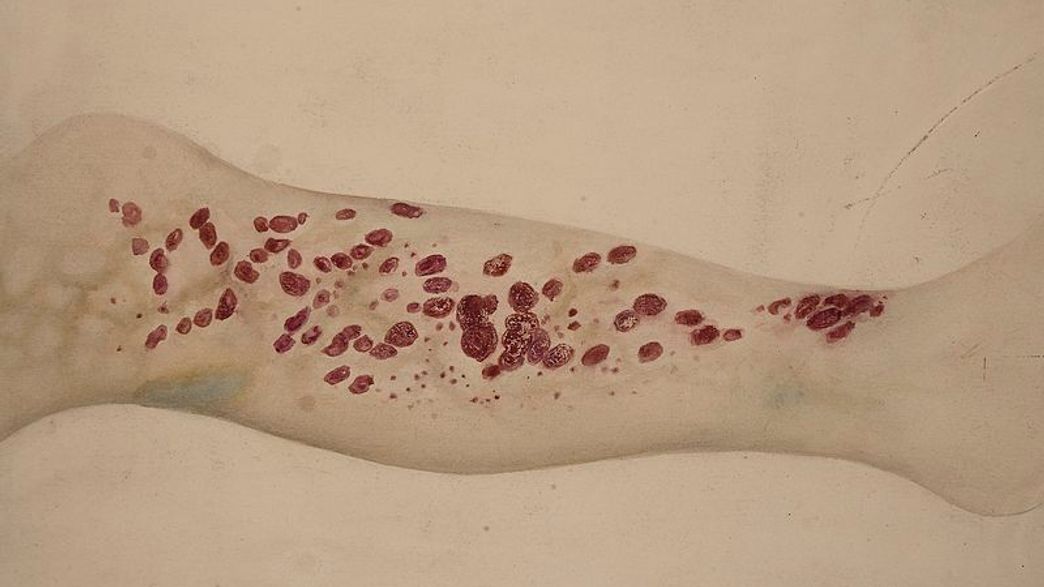Once upon a time, pirates, explorers, and sailors were tormented by a mysterious disease that inflicted a slow and agonizing death. And now, that disease is making a surprising comeback in the most unexpected places.
We now understand that this condition, known as scurvy, is caused by a deficiency of vitamin C, which is primarily found in fruits and vegetables.
The early symptoms of this disease include fatigue, nausea, and joint pain. However, as it progresses, it can lead to swollen gums, severe bruising, damaged hair, and bleeding into the joints and muscles. In children, scurvy can even affect their bone growth, causing stunted development. In the most severe cases, scurvy can result in death due to complications like internal hemorrhaging.
The good news is that scurvy is incredibly easy to treat – simply increase your intake of vitamin C through your diet.
While scurvy was first recorded back in 1550 BCE by the ancient Egyptians, it gained notoriety for its devastating effects on 18th-century mariners. Extended periods at sea meant a lack of fresh fruits and vegetables, making pirates and sailors vulnerable to this disease. The British Royal Navy, in particular, suffered greatly from scurvy, with more deaths attributed to it than combat, violent storms, shipwrecks, and other diseases combined. In fact, it is believed that scurvy was the leading cause of death at sea during that time.
Scurvy also affected various explorers, such as those on Robert Falcon Scott’s 1901 Discovery expedition to Antarctica, which preceded the ill-fated 1910 expedition that led to his death. Although Scott opposed the killing of penguins, his scurvy-stricken team discovered that consuming fresh seal and penguin meat could significantly alleviate their symptoms.
Today, scurvy is primarily observed in developing countries where malnutrition is prevalent. However, there has been a resurgence of scurvy in countries where access to vitamin C-rich foods should be abundant.
This resurgence is explored in a captivating new documentary called Vitamania. Dr. Eric Churchill, a medical practitioner from Springfield, Massachusetts, featured in the film, revealed that his team alone has diagnosed 20 to 30 new cases of scurvy over the past six years – a surprisingly high number. But why?
“Many individuals who struggle to afford food often opt for high-fat, high-calorie meals that provide a greater sense of fullness and satisfaction compared to fruits and vegetables,” explained Churchill in the documentary.
Consequently, individuals of lower socio-economic status within affluent countries are the ones most affected by this nutritional disease, highlighting the need for action.
“Scurvy stands out in our minds as something that is so basic and easy to avoid, yet these individuals have fallen victim to an illness that simply should not exist in a developed country,” remarked Churchill.
While various species in the animal kingdom, like lemurs and lorises, can produce their own vitamin C, unfortunately, humans cannot. Therefore, our diet plays a crucial role. It’s not just a lack of fruits and vegetables that can lead to scurvy – the way we cook them can also impact their nutritional value. Overcooking vegetables can destroy the essential vitamins they contain. Excellent sources of vitamin C include tomatoes, oranges, peppers, guavas, strawberries, and coriander.








